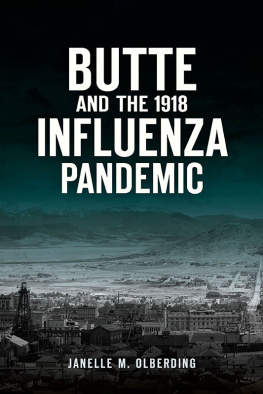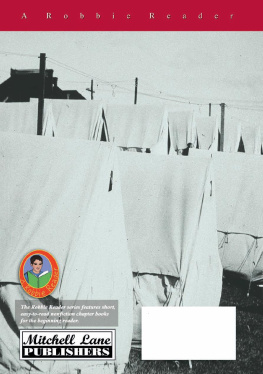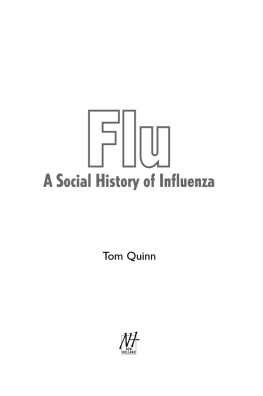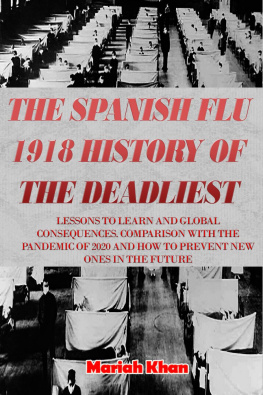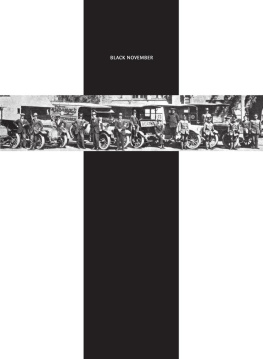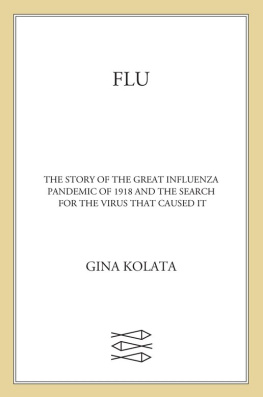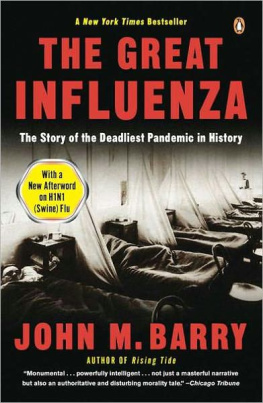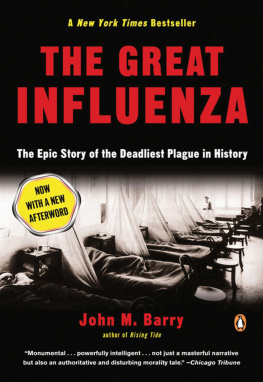


Published by The History Press
Charleston, SC
www.historypress.com
Copyright 2019 by Janelle M. Olberding
All rights reserved
Cover images courtesy of ButteSilver Bow Public Archives.
First published 2019
e-book edition 2019
ISBN 978.1.43966.685.2
Library of Congress Control Number: 2019932639
print edition ISBN 978.1.46714.326.4
Notice: The information in this book is true and complete to the best of our knowledge. It is offered without guarantee on the part of the author or The History Press. The author and The History Press disclaim all liability in connection with the use of this book.
All rights reserved. No part of this book may be reproduced or transmitted in any form whatsoever without prior written permission from the publisher except in the case of brief quotations embodied in critical articles and reviews.
COMMUNICATION IN THE COPPER mines of Butte, Montana, in the early twentieth century happened through a system of bells and whistles. The bell system helped underground miners communicate with those on the surface, while the whistles allowed the mines to send messages to the entire city. Mostly, the whistles signaled the beginning and end of shift. They also blew when something was wrongwhen there was a cave-in or fire or when men were trapped underground. The whistle of the affected mine blew first, and the others would then pick up and copy its signal to notify the entire city.
WHEN THERE WAS A major disaster, the whistle of each mine in Butte blew shrilly ten times.
CONTENTS
ACKNOWLEDGEMENTS
This book was a labor of love. Though Id like to say it was always a joy, thats simply not the truth. The research, calculating, mapping, charting, writing, and revising took hours of hard work, some sweat, and even a few tears. The end result is the culmination of a lifelong dream, and I am so grateful for those who poured their own time into this project.
My biggest debt of gratitude is to my family. My husband, Mark, has heard more about influenza in the last few years than he probably ever thought possible. He read, reread, commented, and discussed the manuscript at length; put up with all my trips to and talk about Butte; and drove over four hundred miles across Montana on Christmas Day so that I could spend part of our family vacation doing research. Im immensely grateful to him and our daughter for their patience and support through the long days and nights of graduate school and the years that followed as I took this project so much further than originally intended. Thank you for always believing in me, loving me, and supporting me through this journey. I know it wasnt always easy.
Dad, Mom, and my sisters were my first supporters. Thank you for always believing in me and, believe it or not, letting me proofread your work. The jokes on youall the editing made me a better writer.
Much appreciation goes to Ron Jackson, a talented and successful writer and historian in his own right. Thank you, Ron, for your extensive read-throughs, all your thoughtful comments and suggestions, and your willingness to spend hours on the phone, answering all of my questions and sharing your knowledge of writing, editing, and publishing. Thanks most of all for your support and encouragement. You made a difficult journey so much easier.
My friend Jamie Broaddus went above and beyond editing this manuscript for me. Thank you, Jamie, not only for your time and work on editing the complete manuscript but also for answering all of my random texts asking about grammar, punctuation, phrasing, and word choice. I owe you books, coffee, cat paraphernalia, and good conversation for years to come.
Thanks also go to Lynn Newnam for volunteering as an early reader, providing suggestions and never hesitating to share and discuss the latest news on all things related to communicable disease. Few others can match my level of interest and enthusiasm regarding potentially deadly communicable health threats.
Thank you to the staff of the Montana Historical Society in Helena for safeguarding our states rich history and helping me navigate through all of your resources.
This book truly would not be possible without the ButteSilver Bow Public Archives and its dedicated and helpful staff. Director Ellen Crain and her staff gave a tremendous amount of help, support, and suggestions as I attempted to wade through the treasure-trove of documents and resources they care for. A special thank-you goes to Nikole, Aubrey, and Kim for their help in obtaining resources and photos. Thanks also go to the Archives for allowing me to speak on this topic in their facility on more than one occasion. Whenever you are in Butte, make sure to stop in to their beautiful building and thank the Archives staff for all their hard work in guarding and sharing Buttes incredible history.
Thanks also go to the Butte Historical Society and Cim LeProwse for inviting me to speak on this topic in Butte. It was an honor and a pleasure to visit with you all, and your enthusiasm for an early version of this work helped me believe that I might have an audience for the book.
Buttes World Museum of Mining and Mai Wah Society are just two of the amazing places to visit and conduct hands-on research in Butte. I highly recommend adding them to your list of places to see when you visit.
Finally, thank you to the caring and dedicated public health professionals of yesterday, today, and tomorrow. Im privileged to have counted myself among your ranks.
WRITERS NOTE
This is a work of nonfiction.
In March 1918, my grandfather Benjamin Scheffelmaier was born in Elgin, North Dakota. He was the youngest of four and the only child born in the United States to my great-grandparents Christof and Karolina, immigrants from what is now Ukraine. Christof, according to family history, was a very strong, compassionate, and helpful person. He helped his neighbors when influenza struck their small farming community until he contracted influenza as well. Christof died on November 20, 1918. He was thirty.
This piece of family history lodged in my mind years ago, and when I began a career in public health, I started learning more about influenza and other communicable diseases. I also learned about their often overlooked, but immensely impactful, presence in history. Over five years ago, as a graduate student, I started to study one of those important yet seemingly forgotten episodes in historythe one that killed my great-grandfather. Throughout the course of research for my masters capstone on the influenza pandemic of 1918 in Montana, my relationship with Butte began.
Butte caught my attention first through statistics. Between September 1918 and February 1919, the City of Butte filed 707 death certificates that list influenza as either the primary cause of death or a contributing factor. According to those numbers, Buttes mortality rate during the influenza pandemic of 191819 was two times higher than Montanas as a whole. I had to find out why.
Both the City of Butte and Silver Bow County kept death records for the city during the influenza pandemic of 1918. There is some overlap between these records. I focused my research on the deaths filed by the City of Butte, as they include only the deceased who lived within the citys boundaries. These 707 deaths are most certainly not Buttes total influenza mortalities. For reasons analyzed and discussed within this book, several deaths most likely went unreported or were listed with a different cause. However, 707 is the most accurate recorded number available and is a sample large enough to be considered statistically significant for comparison to the whole population.
Next page
